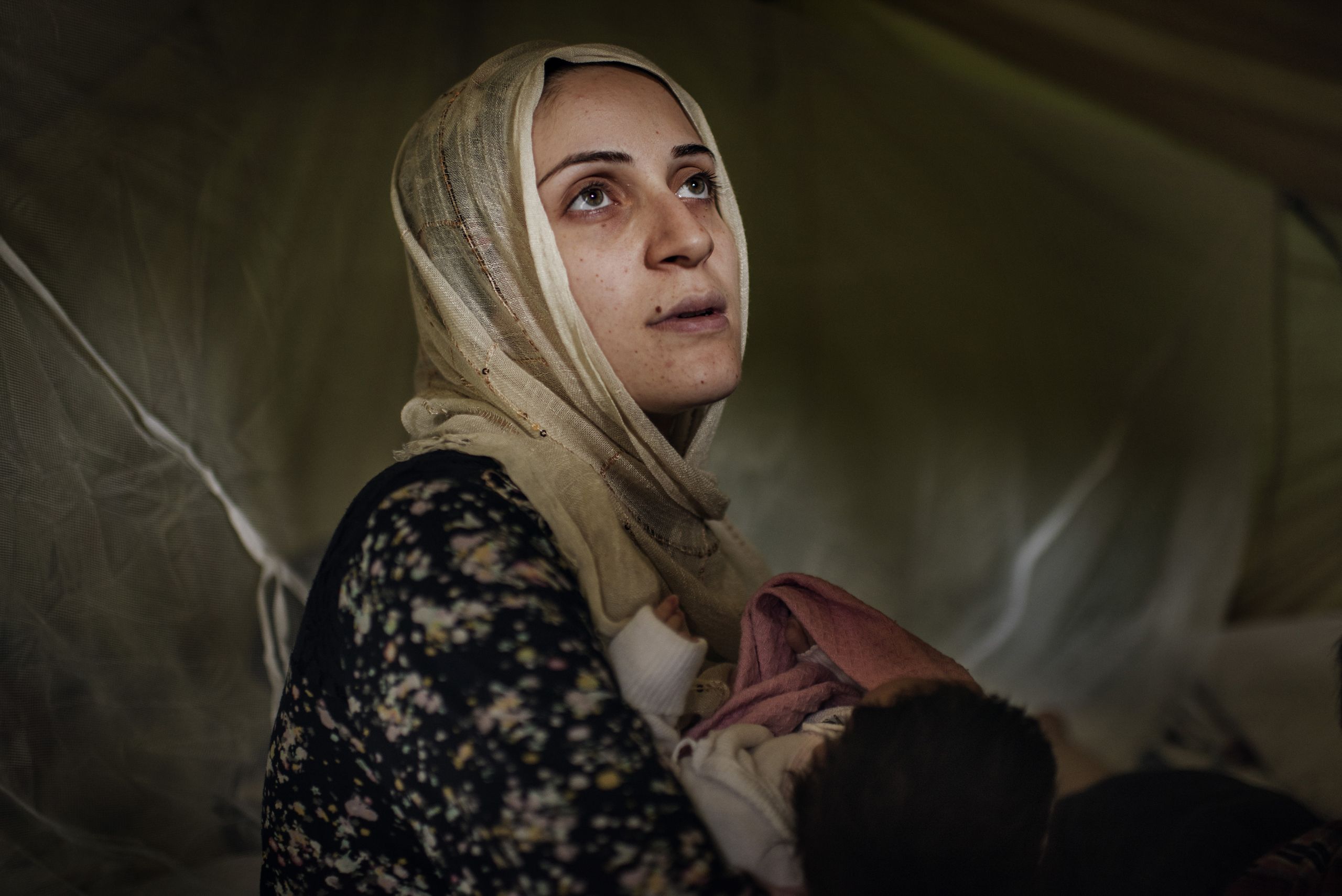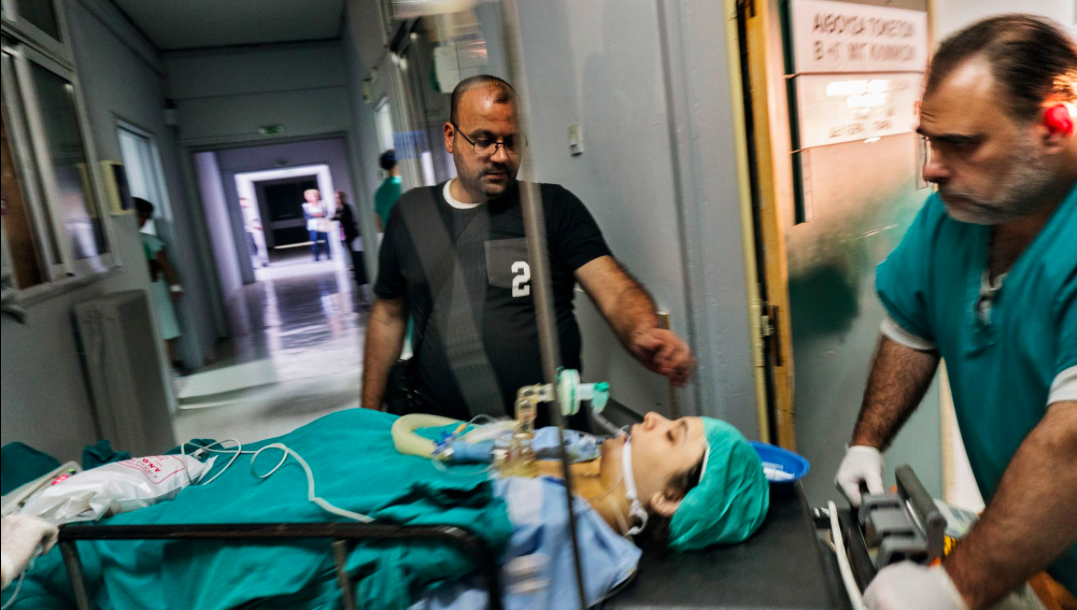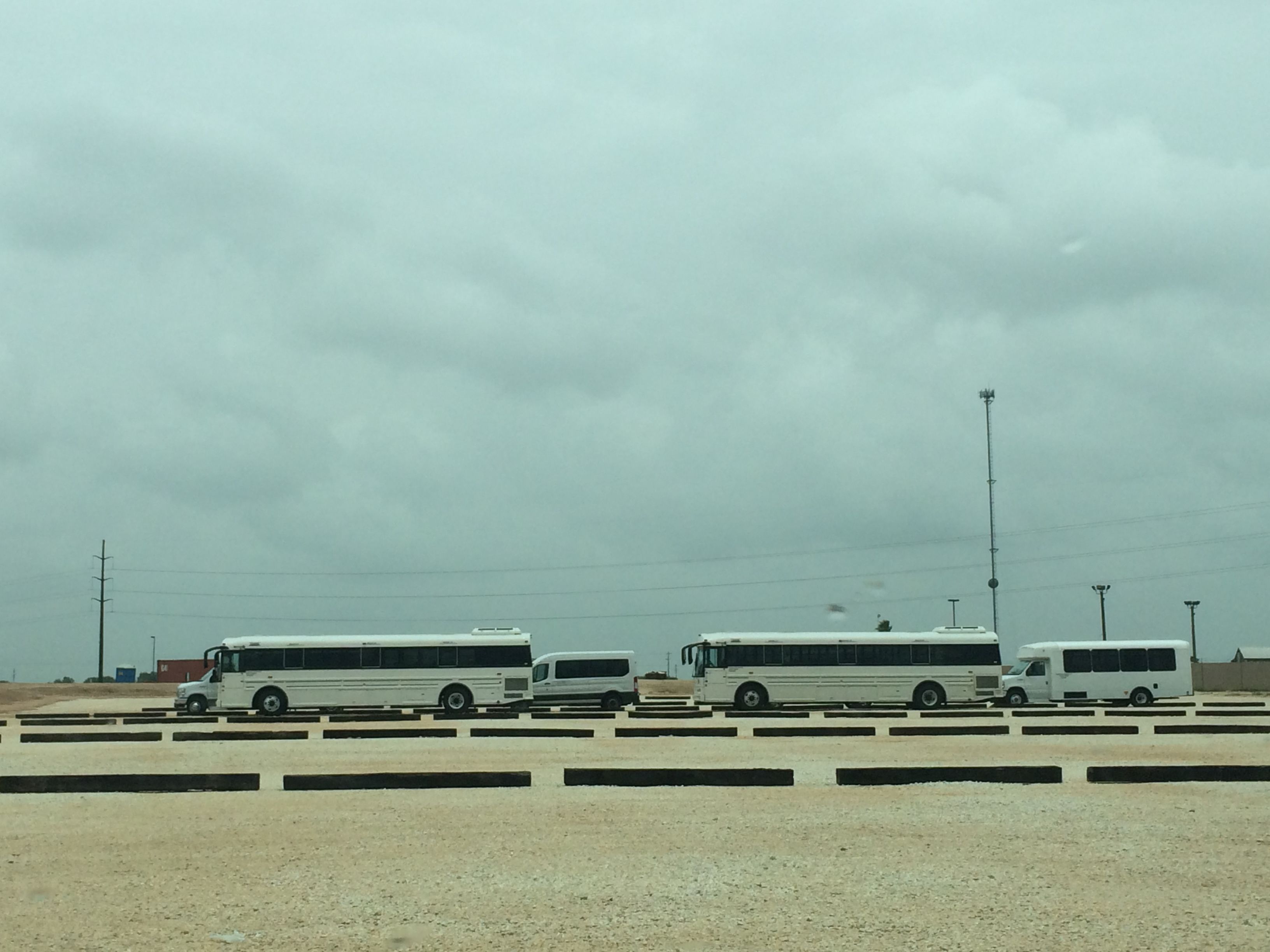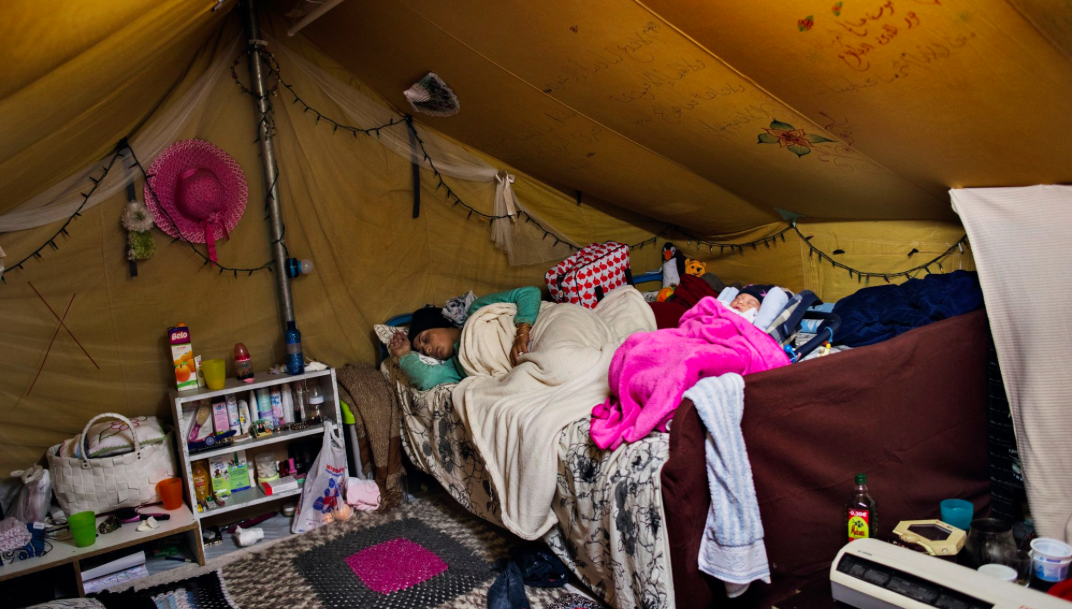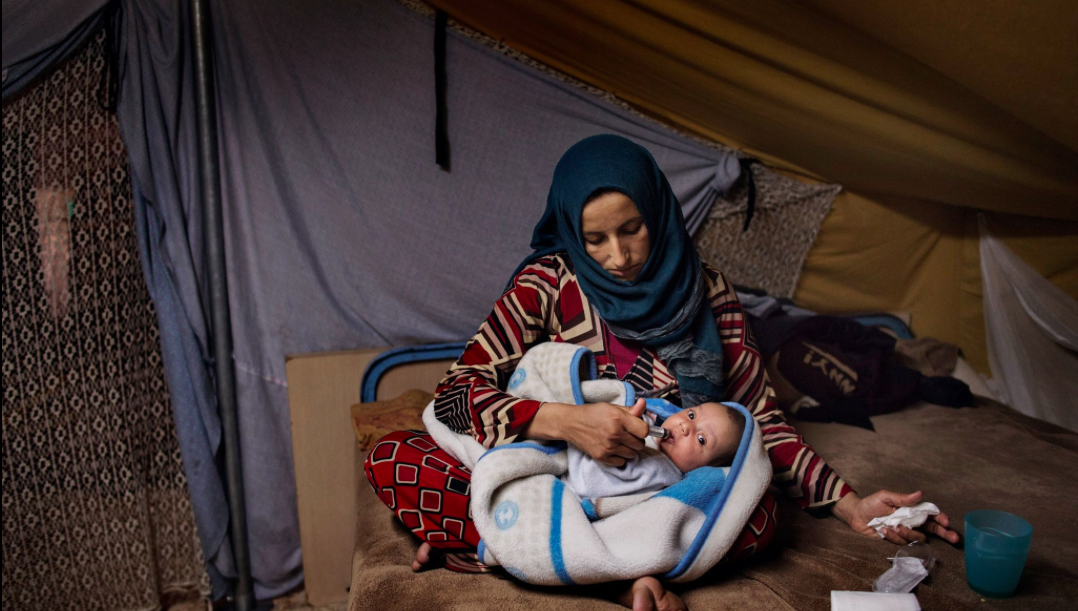See the Educator Notes for Common Core standards and additional resources
Introduction:
1. If you hear the term, refugee, what do you think?
- What is your definition of a refugee?
- Describe what you think a refugee looks like.
- Can you think of any current events involving refugees?
2. If you hear the term, migrant, what do you think?
- What is your definition of a migrant?
- Describe what you think a migrant looks like.
- Can you think of any current events involving migrants?
3. Read this key term resource from the Choices Program at Brown University.
- How does the legal definition of a refugee compare to your definition of a refugee and a migrant?
- What are the differences between a refugee, migrant, and internally displaced person?
- Do you think these are well defined and separated? Do you think it would be easy to label a person who has moved from their home based on these definitions?
Introducing the Lesson:
1. Today you will learn more about two different populations of women and children who have left their homes for new countries. Aryn Baker, Francesca Trianni, and Lynsey Addario’s project in TIME follows four Syrian women who gave birth in Greek refugee camps. Emily Gogolak’s reporting in The Nation covers the struggle of Central American mothers and children to receive asylum in the United States.
2. Read both articles from the resource section. Make sure to view both the TIME multimedia presentation and the entire piece at the TIME website.
3. As you are reading, make notes about
- Who are these women and children and where are they coming from?
- What were their lives like in their home countries?
- Why did they leave their homes and where were they going?
- Once they reached another country, what were their experiences?
Discussion:
1. Why are women fleeing war in Syria like Suad considered refugees while women fleeing domestic violence like Lilian considered migrants?
- Why does it matter if someone is a refugee or a migrant?
- What legal recourse do these women have due to their status?
- Do you agree with the official status of the people introduced in the story? Why or why not?
2. Compare and contrast the situations and experiences of the women and their children presented in the two articles.
3. Compare and contrast living conditions at Greek refugee camps and American detention centers.
4. How does access to medical care play a role in both stories?
- Do refugees and migrants have a right to medical care? What about mental health care?
- How could officials address concerns about adequate access to healthcare in refugee camps and ICE detention centers?
- What barriers to relocation do both groups face? Are they similar or different?
5. What do you think about current UNHCR policy dealing with asylum seekers entering Europe and U.S. policy dealing with migrants from the Northern Triangle area of Central America?
- How has policy changed over time and why has it changed?
- How has recent mass migration impacted politics in Europe and in the U.S.?
6. How do the authors use personal stories in their reporting?
- Why do you think they focus on individuals?
- Do you think this approach to storytelling is an effective method to engage the reader?
Extension Activity:
1. Divide into at least two groups.
2. As a group, determine how you would define a refugee and a migrant.
- What rights would you give these groups?
- Would you have all countries agree to the same set of definitions and rights?
- Who would be in charge of caring for asylum seekers?
- How would they be cared for during the asylum seeking process and relocation or repatriation?
3. Present your group ideas to the class and discuss the pros and cons of your ideas.
CCSS.ELA-Literacy.CCRA.R.1
Read closely to determine what the text says explicitly and to make logical inferences from it; cite specific textual evidence when writing or speaking to support conclusions drawn from the text.
CCSS.ELA-Literacy.CCRA.R.2
Determine central ideas or themes of a text and analyze their development; summarize the key supporting details and ideas.
CCSS.ELA-Literacy.CCRA.R.3
Analyze how and why individuals, events, or ideas develop and interact over the course of a text.
CCSS.ELA-Literacy.CCRA.R.9
Analyze how two or more texts address similar themes or topics in order to build knowledge or to compare the approaches the authors take.
Additional Resources:
Recent Statistics from the UNHCR
The U.S. Citizenship and Immigration Services Website on Asylum
